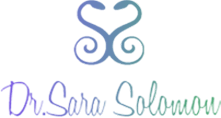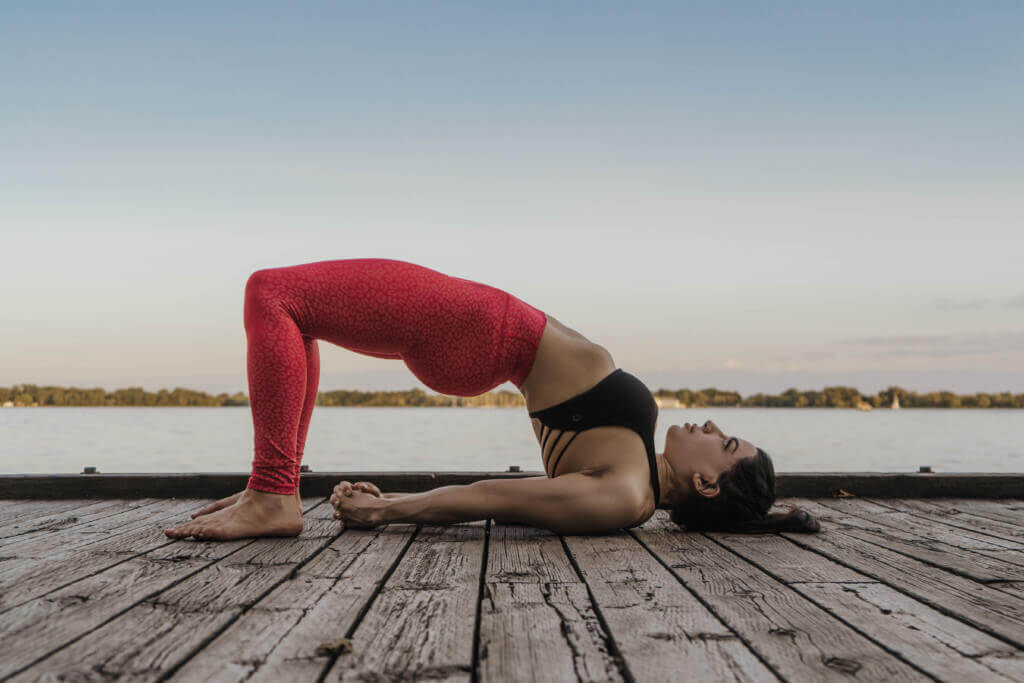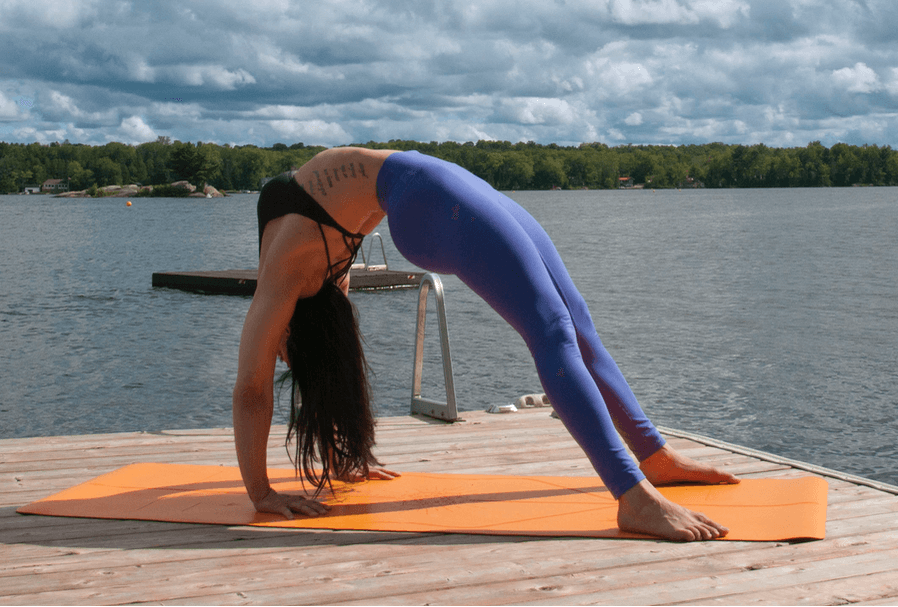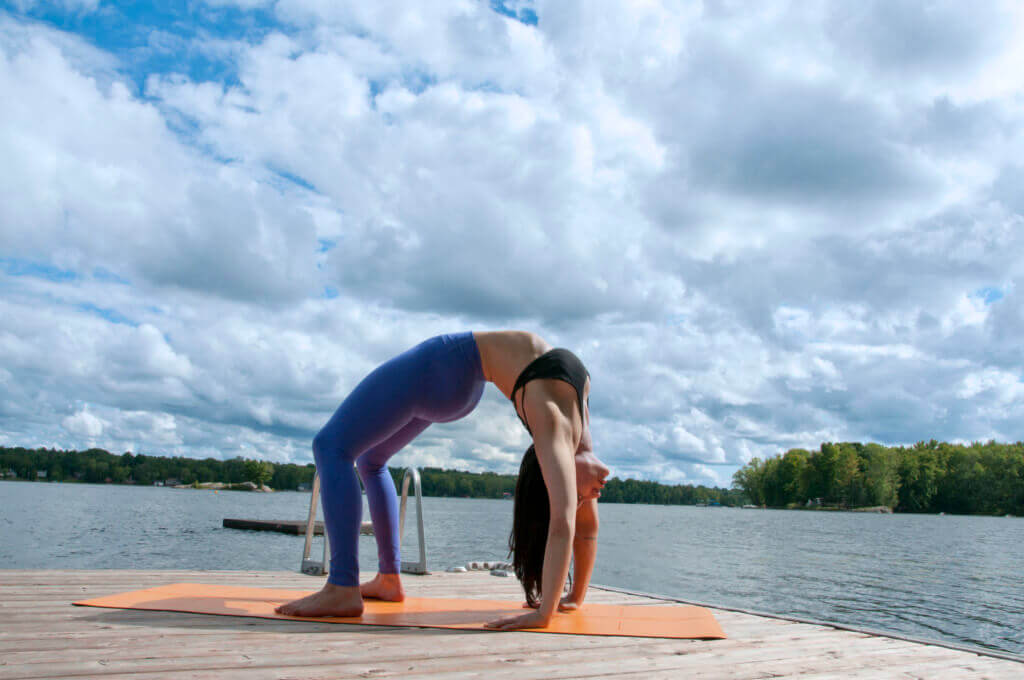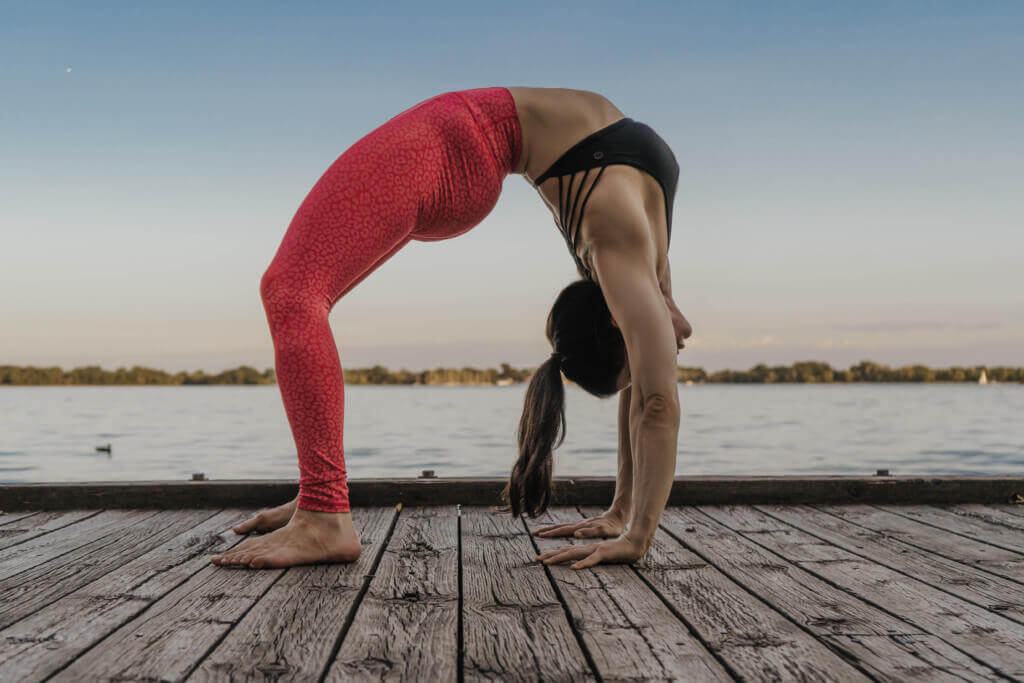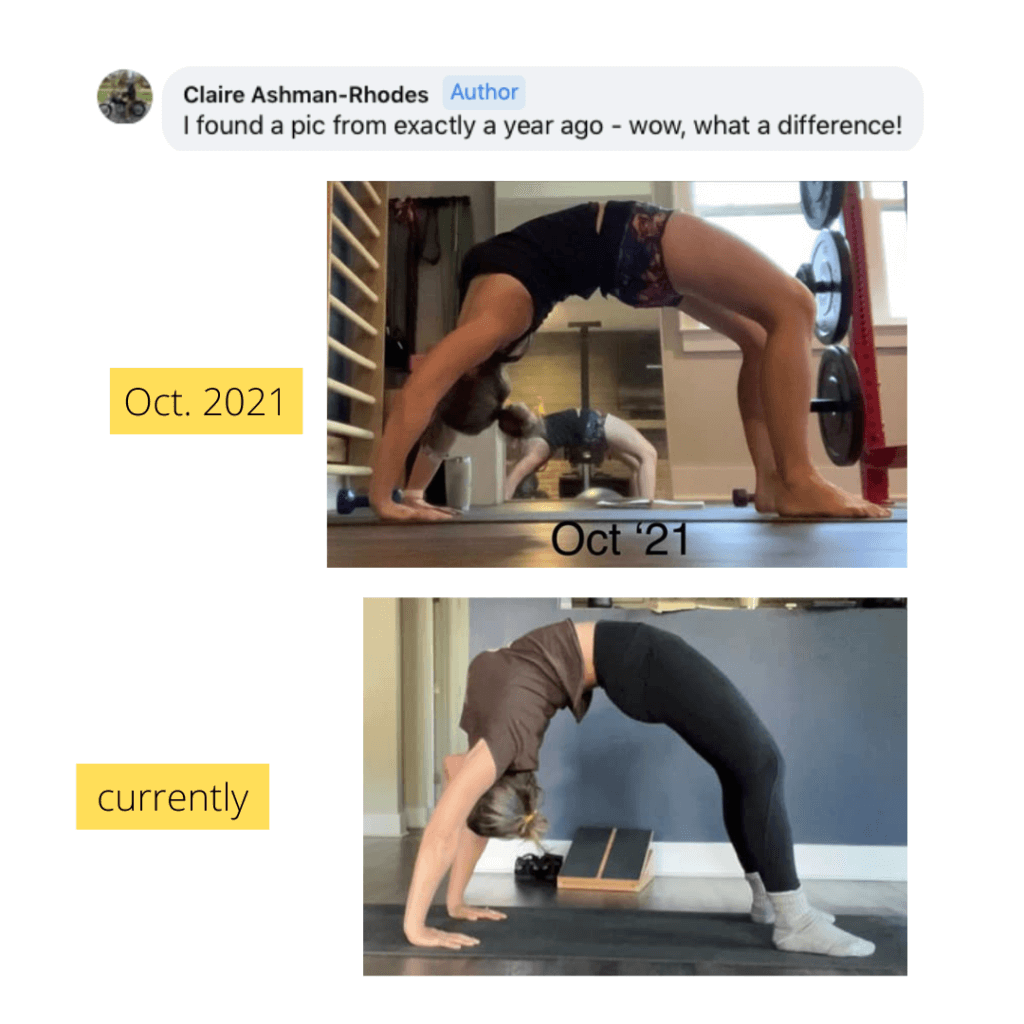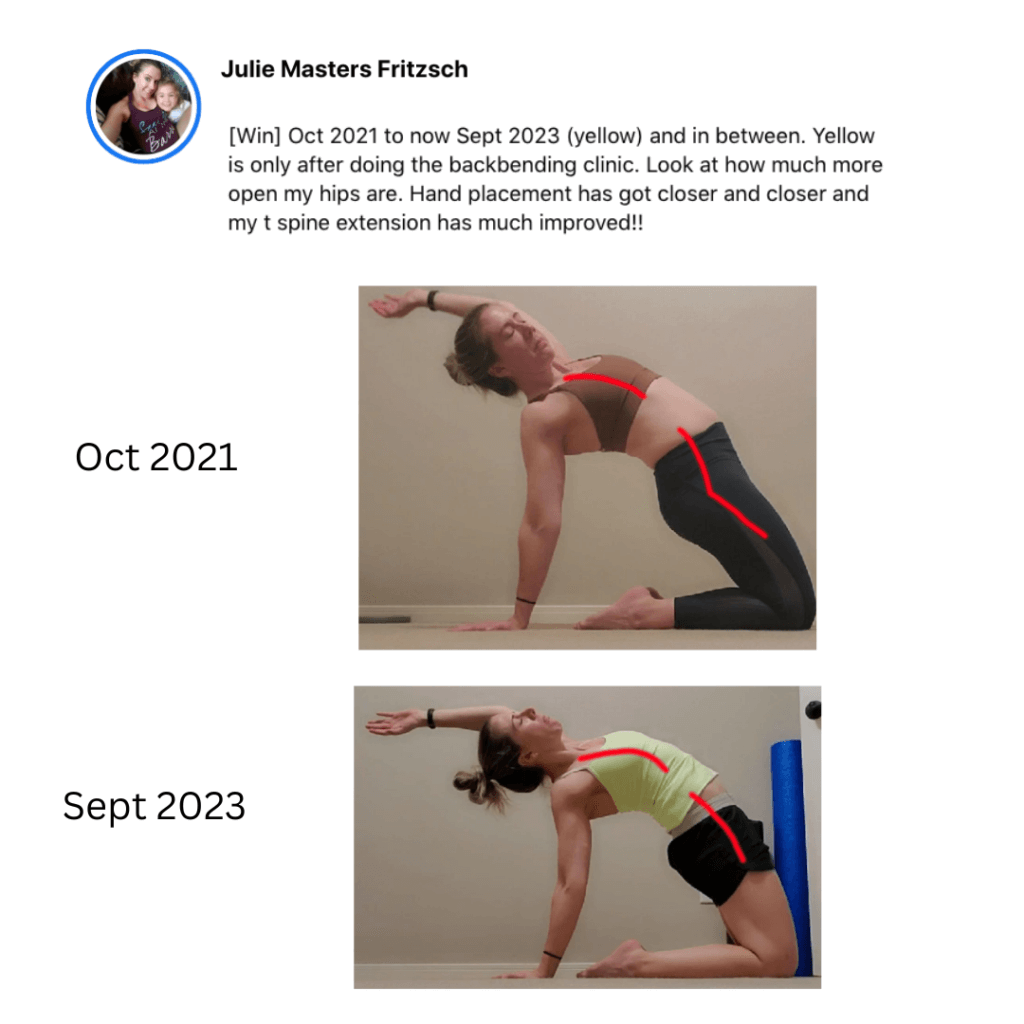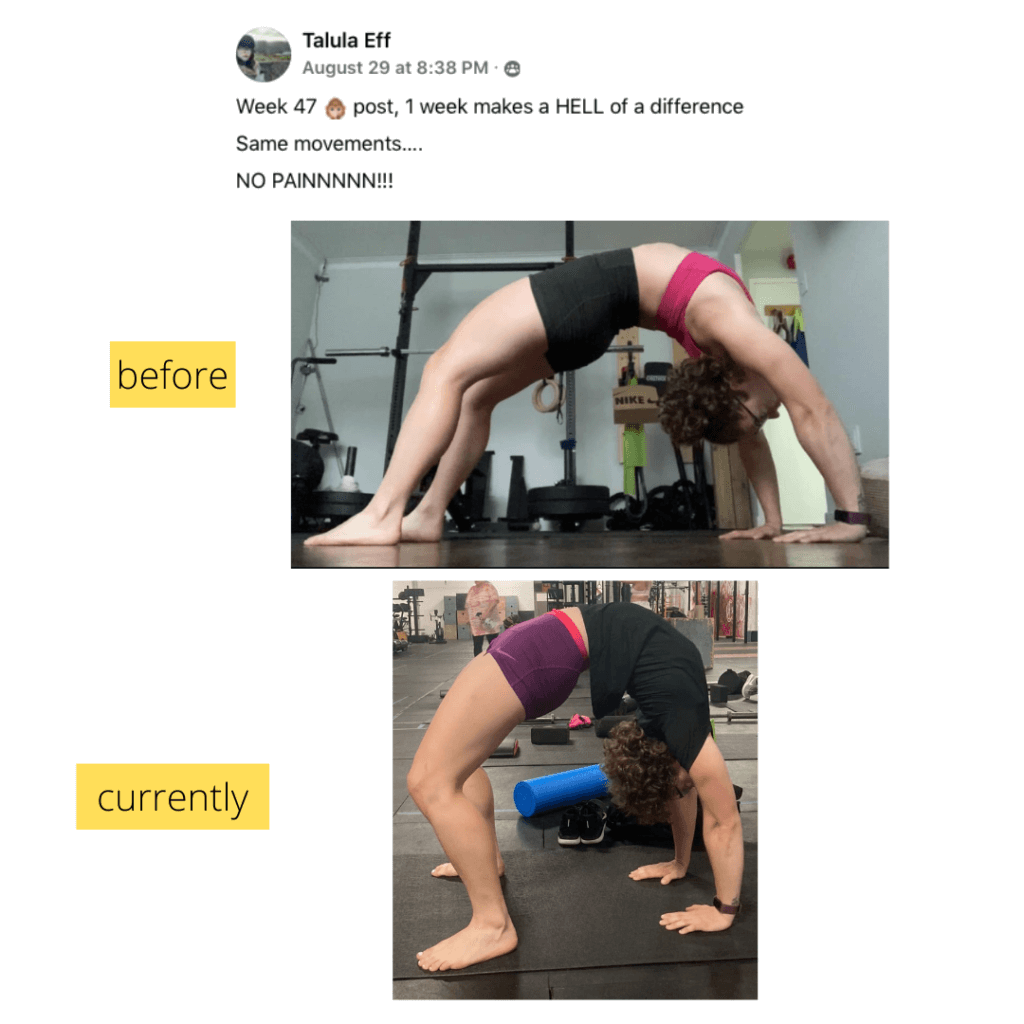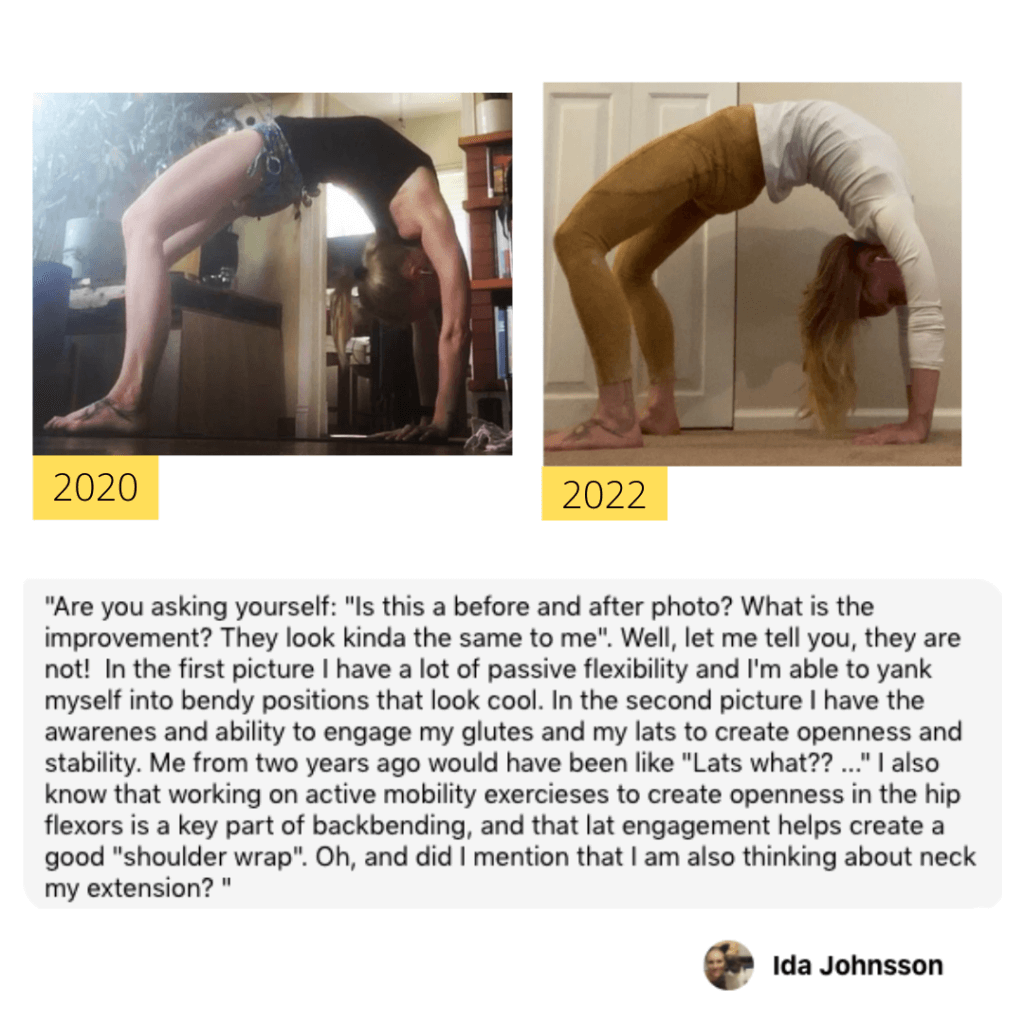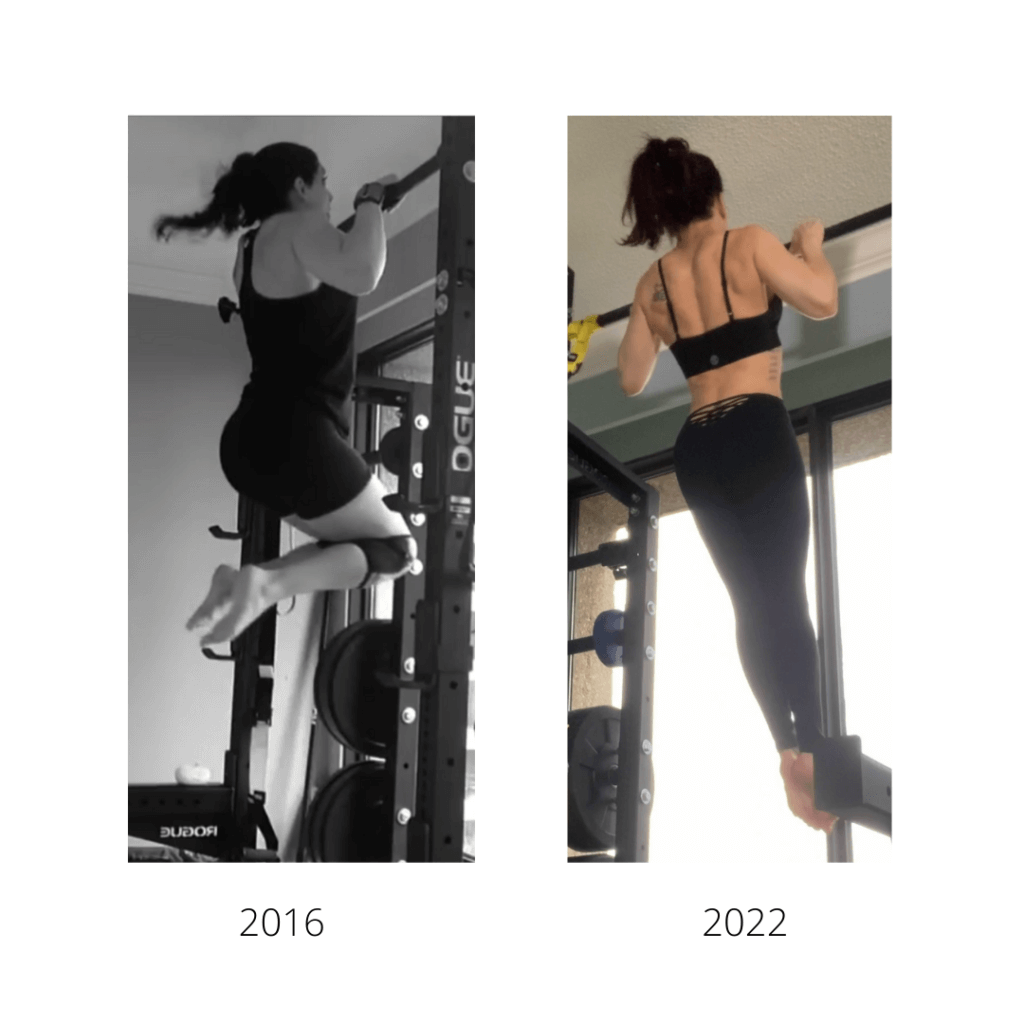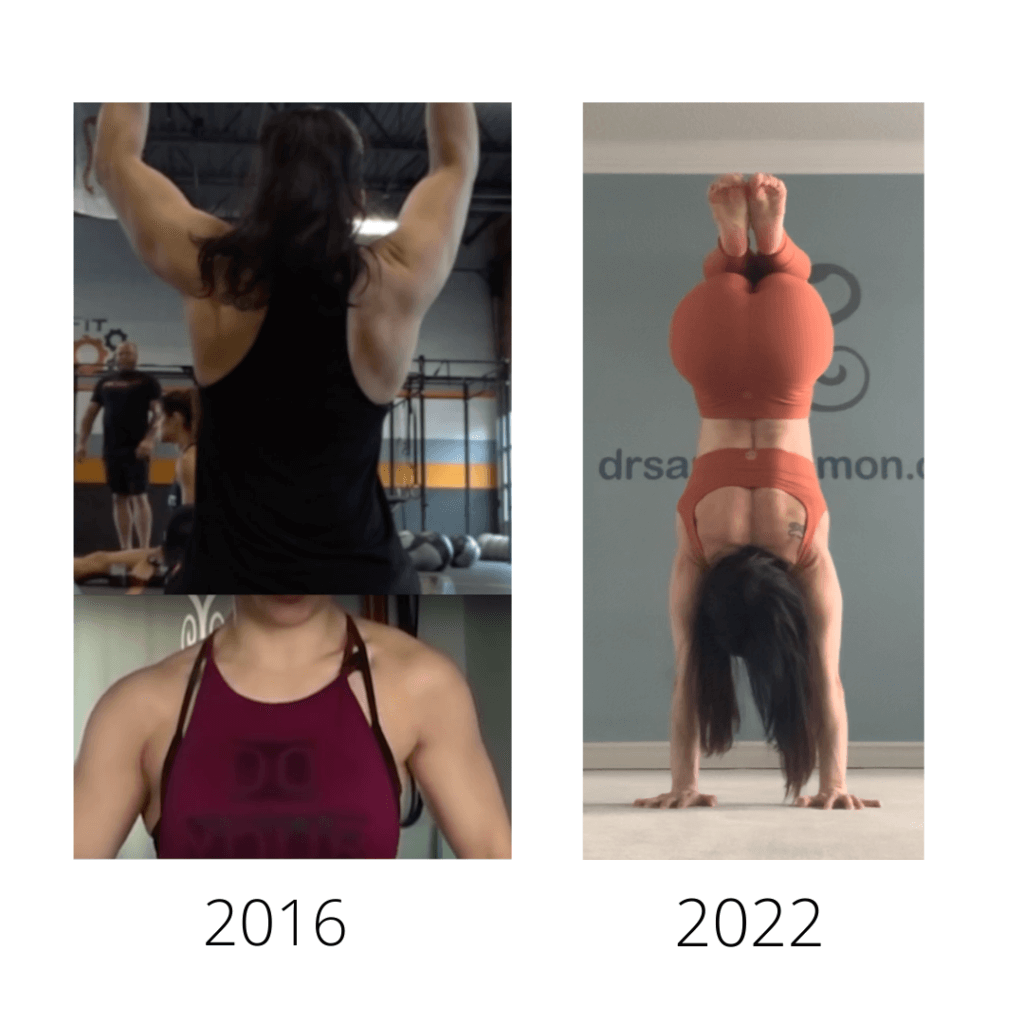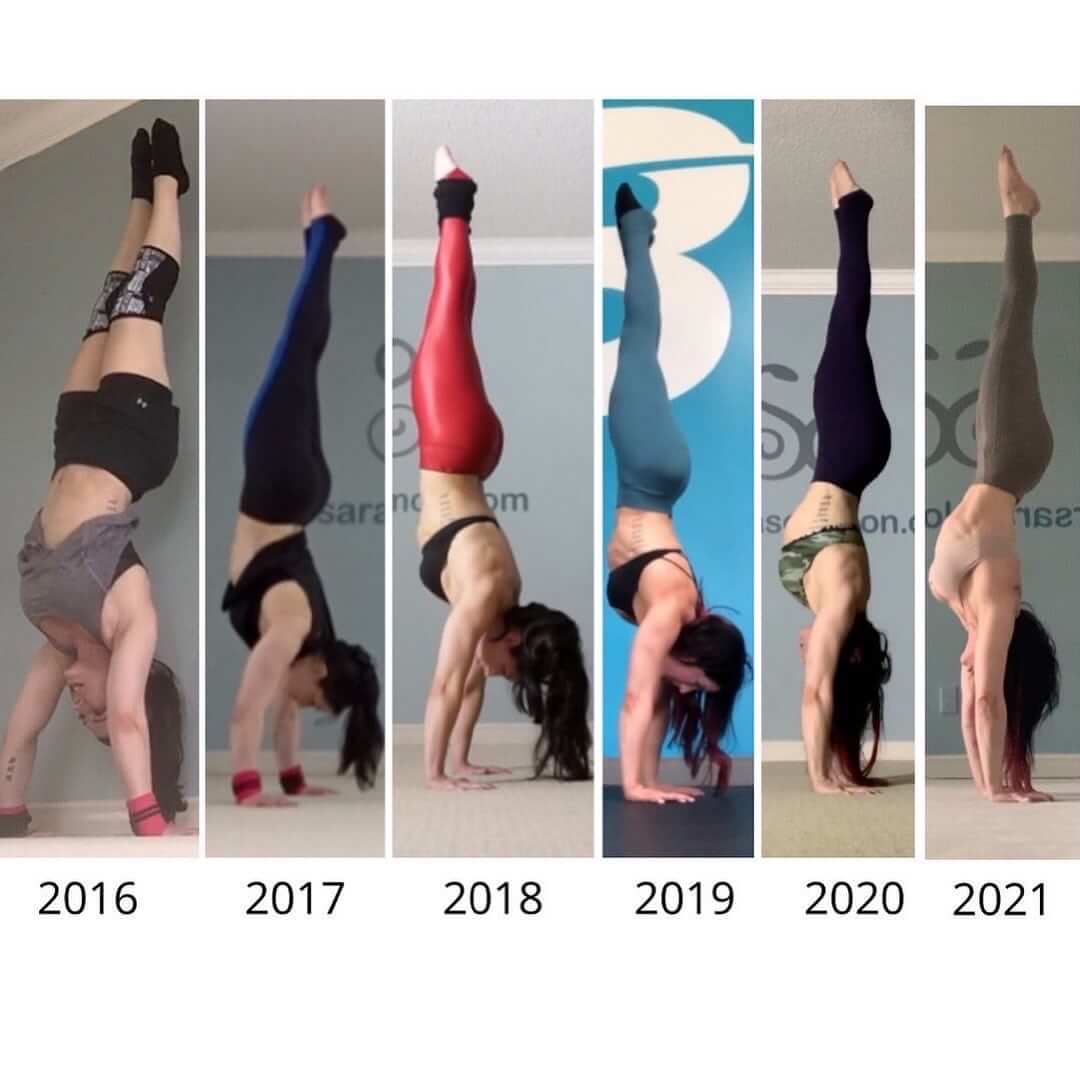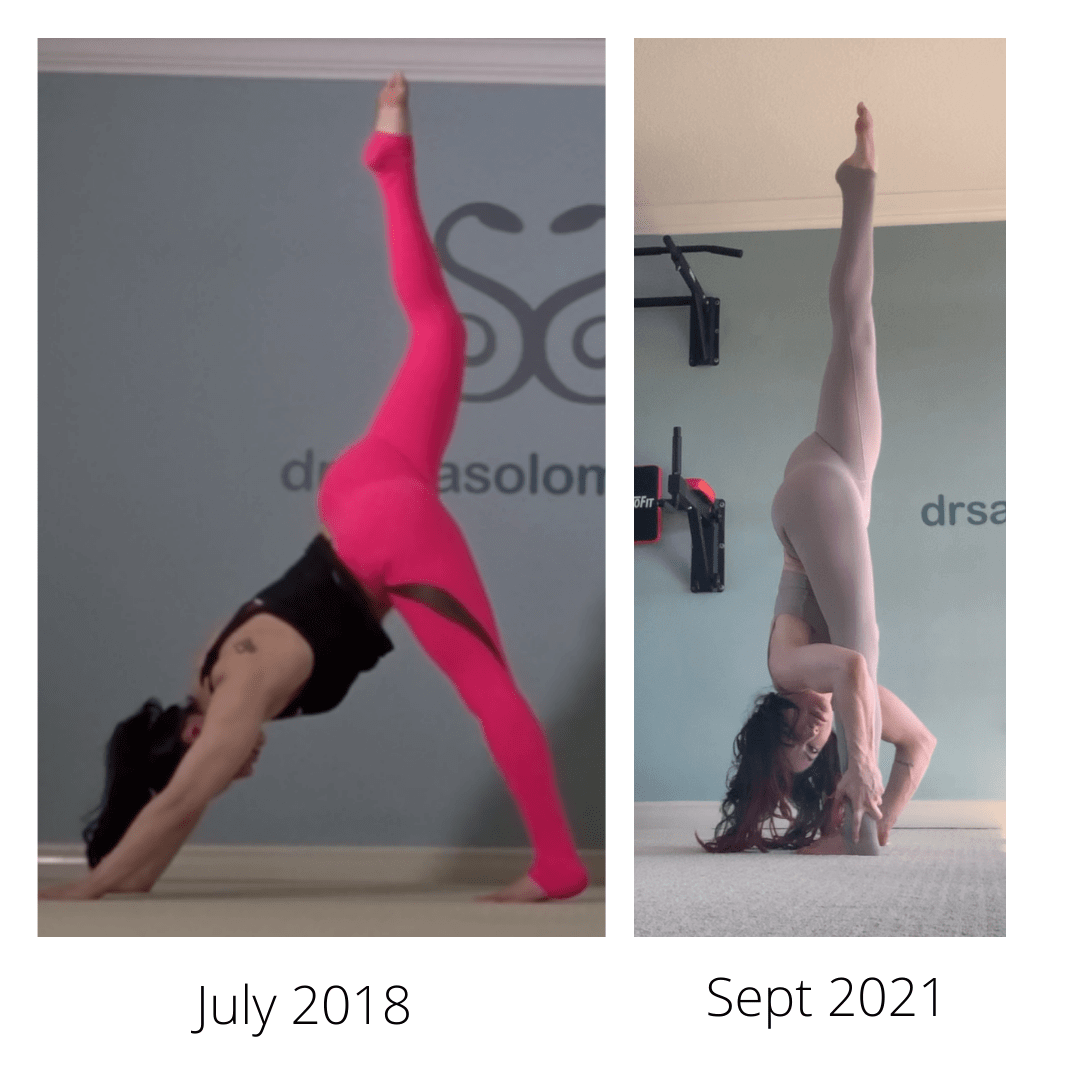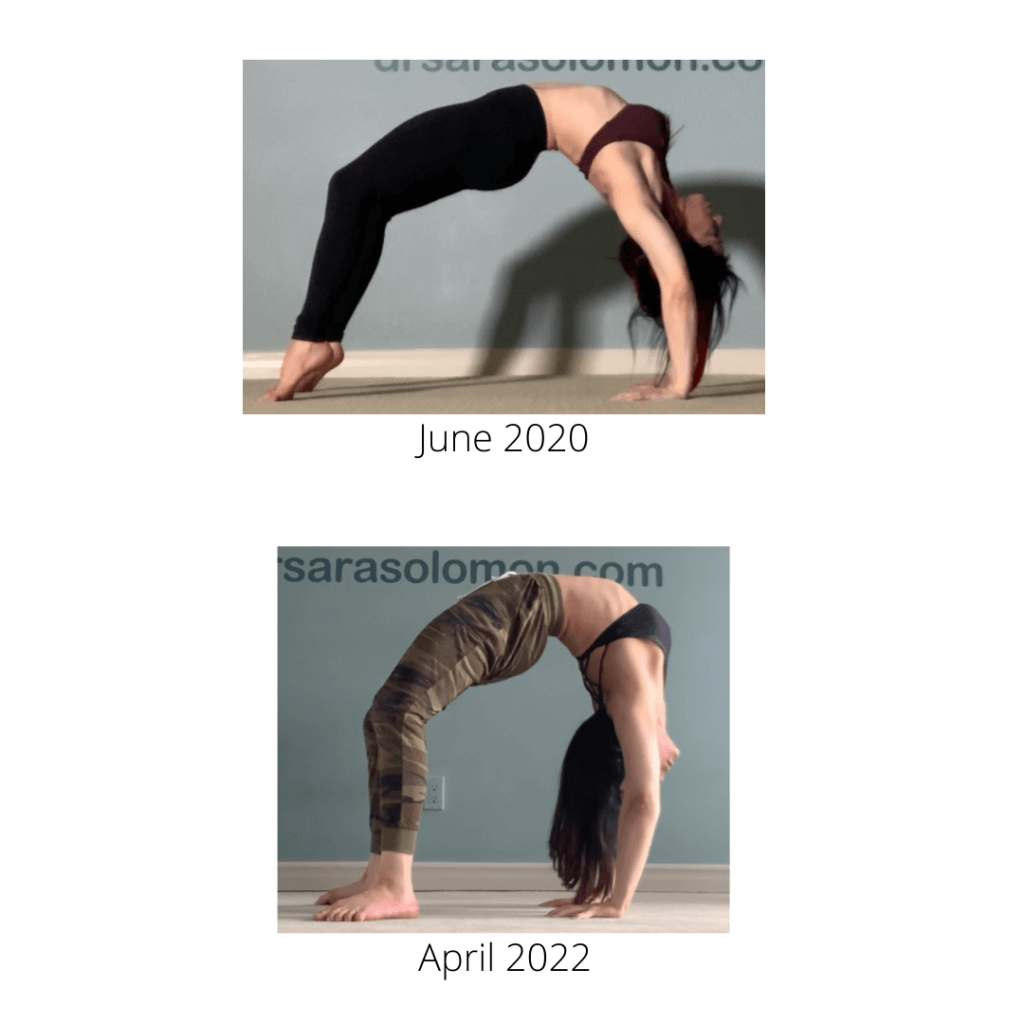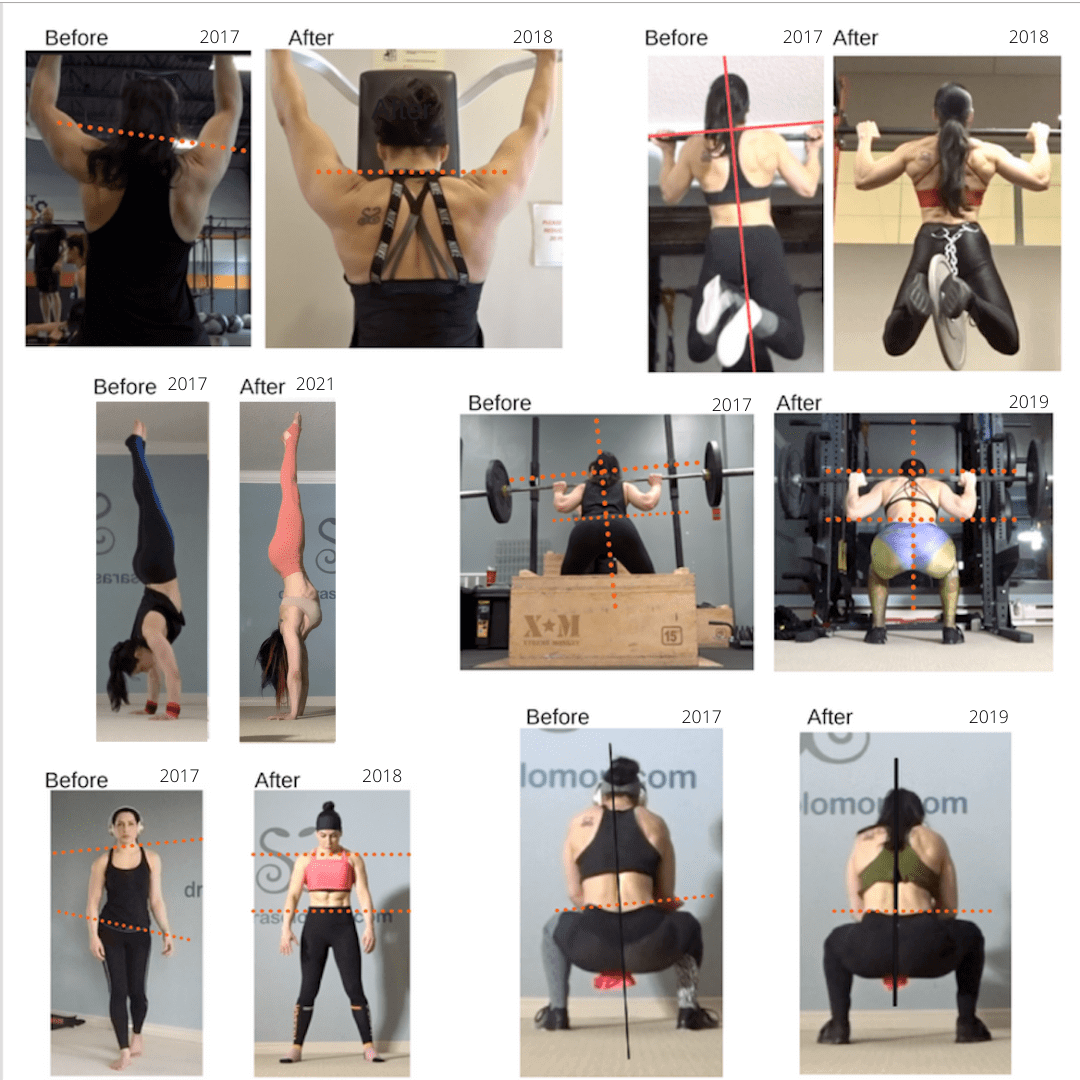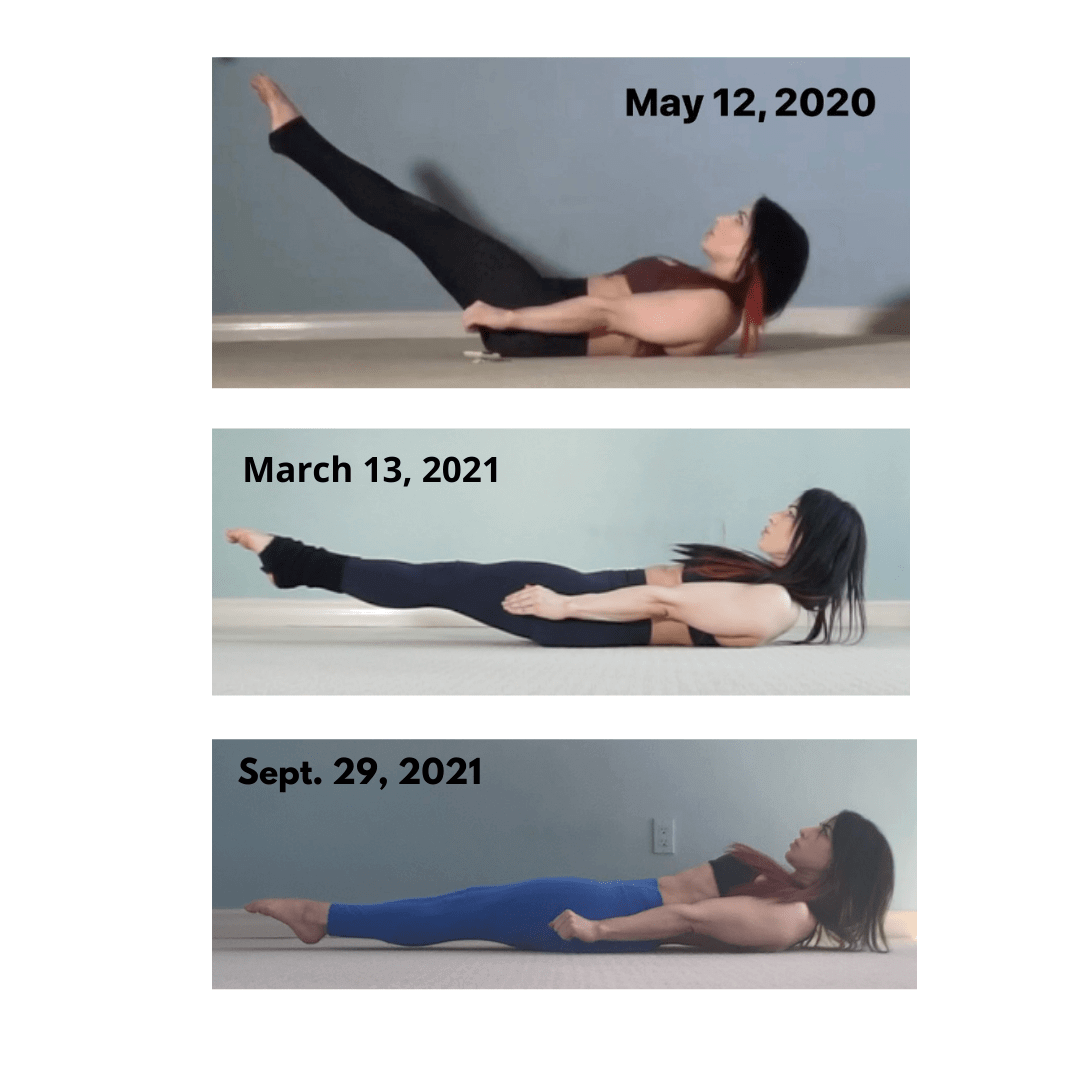
BACKBENDING FOR BEGINNERS
BANISH BACK PAIN
OPEN TIGHT HIPS, SHOULDERS & T-SPINE
FIX POOR POSTURE
INCREASE ATHLETICISM
If you spend hours sitting and you avoid backbending, then you know this is a recipe for pain, tightness, stalled progress, and poor posture. Get ready to re-write your story!
WHY YOU SHOULD BE BACKBENDING!
A lot of us spend hours hunched over doing computer work, texting, sitting in a car, cycling, et cetera, which increases our risk of low back pain, muscle spasm and disc injuries. In backbends, we do the opposite, which is why they are so awesome and necessary.
- Avoidance of a movement pattern creates painful imbalances: If you only work on compression strengthening and overlook back line strengthening, this creates an imbalance between your front and back lines. If you have pain and tightness, keep in mind that success lies in what you avoid. Are you avoiding backbending?
- Save your low back: Developing your thoracic spine extension and hip extension will save your low back! If you lack t-spine and hip extension, you will have no choice but to painfully dump into your low back.
- Improve your overhead mobility: Improving your thoracic spine extension will also improve your shoulder mobility. This is relevant for handstands, snatching, and life!
- Become a better athlete and move better in life: Increasing your body's mobility in ALL directions will improve your athleticism and quality of life.
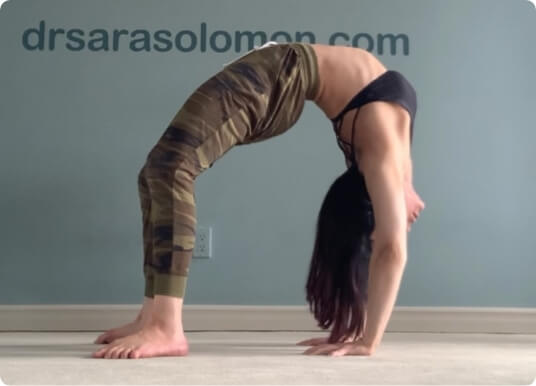
Backbending will
- Build back line strength.
- Open your front line. It's an amazing front body lengthener.
- Build strength in your legs, arms, glutes and back muscles.
- Improve your posture by increasing spine mobility.
- Help you get comfortable being uncomfortable. It trains the body to stay calm when under stress or confronted with fear.
- Stimulate the heart chakra, allowing you to open up more freely in your life.
SARA'S BACKSTORY
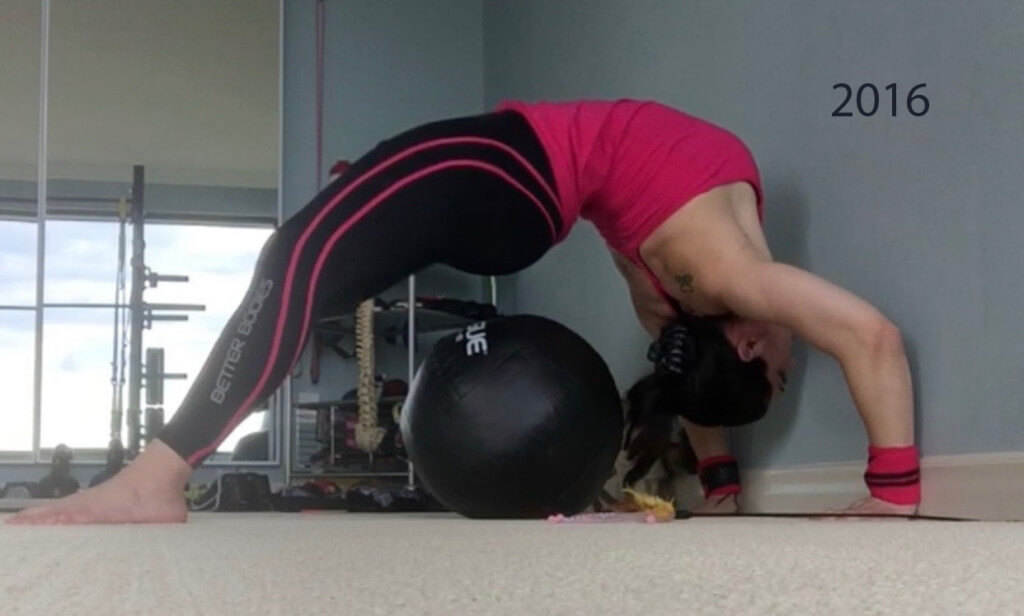
I did not tackle back bridges until 2016. I aborted after a few months because:
- I didn’t have the knowledge or mindset for tackling this skill.
- It was painful and I knew I was going to get injured if I kept trying to force positions that weren’t available to me.
- I felt ashamed of my 2016 bridge attempts.
It wasn’t until 2020 that I revisited the back bridge.
If you look at my journey, you’ll see that back bridges did NOT come quickly or easily for me.
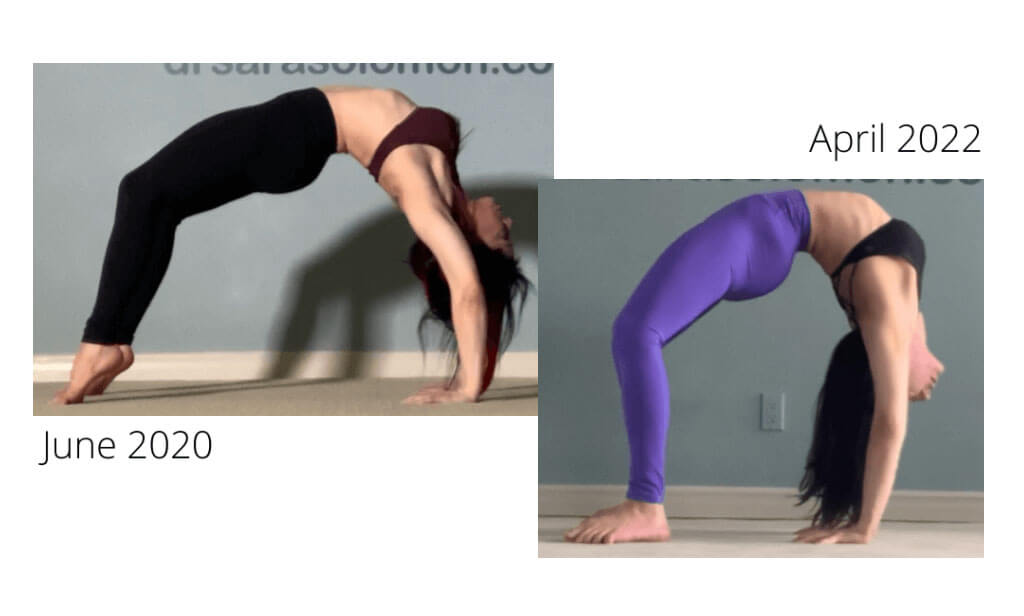
In 2020, a contortion teacher said this to me: “Sara, you’re just really tight from bodybuilding and CrossFit, it’s just not going to be a skill you can do like the rest of us... plus, you're in your mid 40's”.
I didn't believe I was never going to improve. I knew it was just a case of improving my approach.
A passive approach to backbending wasn't working for me. Sure, it appeared to be effective at first, but then I noticed a trend: the hyper-flexible people kept getting injured and the tight people weren't improving.
I knew an ACTIVE approach was key. It’s crucial to have muscular control over our joints in these end ranges of motion.
So I decided to get properly educated on backbending and be my own human guinea pig. And the rest is history.
Backbending was a missing puzzle piece in my movement transformation: thanks to backbending, my hips are more open, my t-spine can actually extend and rotate so my low back and neck feel so much better, my shoulders are more open, my front splits and handstands dramatically improved, and I no longer have left low back pain. I'm a much better athlete. This is why I made this program: I think neglecting this important movement pattern is a big mistake for your body.
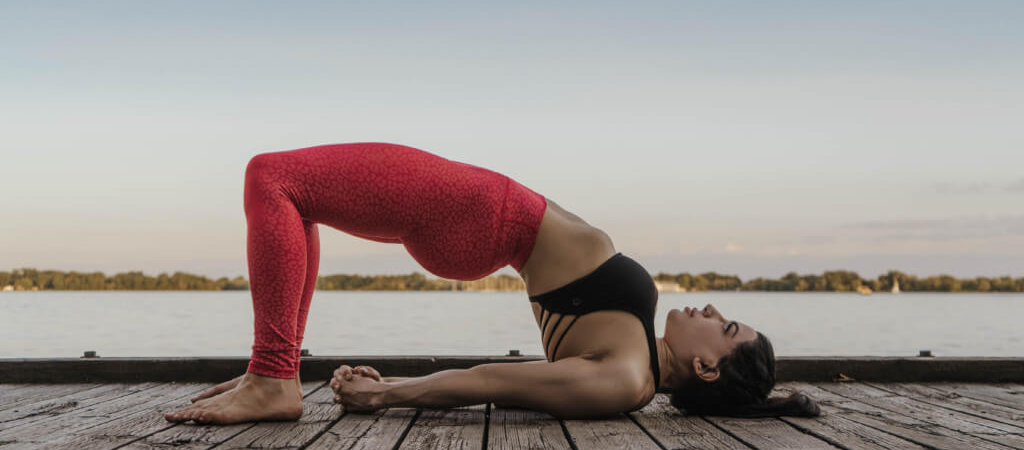
- For beginners to backbending!
- For people who've had bad experiences in the past trying to force their bodies into back bending positions. This is a safe, methodical, and non-intimidating approach. You will learn how to open the pecs, lats, hip flexors & quadriceps. You will learn exercises to strengthen your shoulders, lats, triceps, back extensors and glutes. You will learn how to warm-up and cool down.
- For people who want to improve the health and mobility of their back, hips, and shoulders.
- For people with tight pecs, shoulders, hips flexors and thoracic spines. Ideal for people who sit at a desk, cycle, run or overtrain their chest musculature.
- For both stiff and flexible people. You will learn how to build stability and strength through range of motion. Stiff people will benefit from being able to move their shoulders, spine, and pelvis move freely. Overly flexible people will learn how to develop strength and stability in their backbends so they will stop painfully dumping into the low back.
- For people who want to be more confident and harder to kill! This will help you get comfortable being uncomfortable. It will help you develop the courage to approach things you'd rather avoid.
- For people who know they need to stop neglecting this important movement pattern in their training regimen. If you have tight shoulders, forward head posture, a hunched back, tight hips, and perhaps even pain, this is your sign to stop avoiding backbending! Success lies in what you avoid!
- For people who want to learn how to safely do a wheel (bridge) pose. I put together a realistic guide to tackling the bridge. I show you how to start from scratch and I show you what things are supposed to look and feel like during each step of this journey.
- For people who want to find their glutes and improve their end range hip extension! This is relevant for all athletes and for life!
- For people who are prepared to play the long game. The goal is to stay positive while you work hard to make small weekly improvements with your mobility. Do this to open your heart and your mind, and to better balance your body. Do it to tackle your weaknesses. Do it to prove to yourself you have what it takes to do HARD THINGS without quitting.
- This is not for people who are not able to play the long game or who need instant results to feel motivated to keep showing up.
- This is not for people with spinal stenosis or spondylolisthesis. Get consent from your medical doctor to make sure backbending is not contraindicated for you.
- This is not for impatient people who notoriously skip the warm-up, foundational exercises and cool-down exercises.
- This is not for people who have not spent time developing their TVA (transverse abs) and lats as stabilizers. You need a strong TVA to stabilize your low back, and strong lats to protect your shoulders. Without this core stability, it will not be possible to safely improve your hip, spine and shoulder mobility. In other words, you cannot build mobility on an imbalanced body (well, you can try, but it's a recipe for pain and problems). Prerequisite: make sure you can hold a solid L-sit Prep for 10 seconds. Make sure you can push maximally into the floor and get your hips back! Do you feel connected to your TVA engaging and your lats stabilizing you as you push down into the floor and get your hips back? (watch the video below). If you need help with your core, do my Deep Core Strengthening Program first! Then you can graduate to the Backbending program.
TESTIMONIALS
Click to enlarge
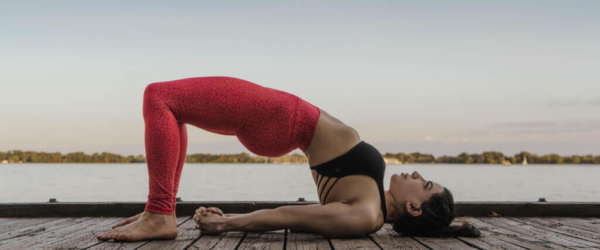
BACKBENDING FOR BEGINNERS
This is an ACTIVE FLEXIBILITY program. Don't fret! You will NOT be passively forcing your body into ranges of motion that are not currently available to you. The name of the game is developing stability and strength through greater and greater ranges of motion. How long will that take? As long as it takes!
In this 7 week program, you will learn exercises to strengthen and open your entire backbending chain. You will work your muscles in ways you have probably never done before in your other workouts!
$97
FAQS
What equipment do I need to get started?
Two 4" foam Yoga blocks, resistance bands. Long 36" foam roller is recommended but not required.
How many workouts a week? How much time commitment? How do I incorporate this into my existing training regimen? Do I have to do back bridges?
Prepare for 2 sessions a week. You can still do your regular training on other days.
Give yourself time to familiarize yourself with the material and exercises in each unit.
There are 3 units, and back bridges are not introduced until unit 3. You don't have to do back bridges. This program consists of plenty of "non-intimidating" foundational exercises that will improve your back line strength and front line opening. But the way I teach the back bridges is not intimidating, so you may surprise yourself and end up giving it a go anyway.
Unit 1: 2 weeks in duration. Consists of two 30-minute training sessions per week on non-consecutive days.
Unit 2: 2 weeks in duration. Consists of two 45-60 minute training sessions per week on non-consecutive days.
Unit 3: 3 weeks in duration plus your plan going forward! Consists of one 60-90 minute training session per week. I also provide you with a bonus sequence: a prerecorded ZOOM backbending workshop!!
Is this for both men and women?
YES!
How do I access it once I Purchase it? I can't log in, HELP!
You have immediate access upon purchase. Please log into the website with your login credentials (username and password). This will bring you to the dashboard where you will see the Backbending Program for Beginners. Click to access the program content. If you have any issues logging in, please email login@drsarasolomon.com.
MOBILITY = QUALITY OF LIFE
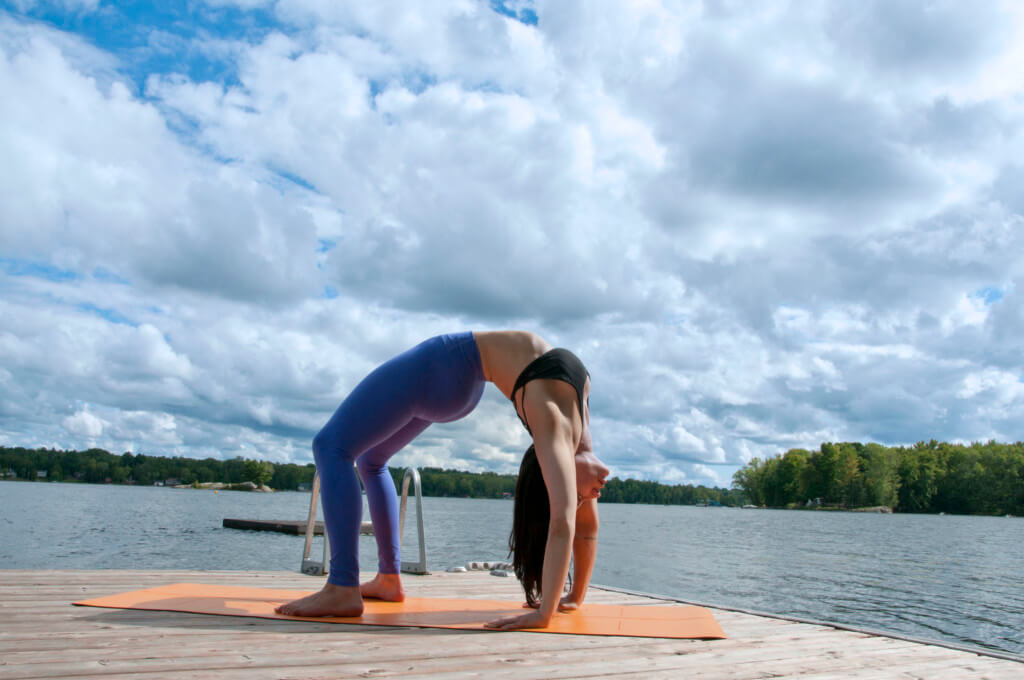
When it comes to mobility, if you don't use it, you lose it. If you don't train all movement patterns through your full range of motion, your nervous system will think those ranges aren't important to you, and you'll eventually lose access to these ranges, which is why you feel tight if you try to move there.
Regular training programs are typically comprised of exercises that have small ranges of motion. So if life takes you beyond these ranges, you are weaker, limited and susceptible to injury.
Spine, shoulder and hip mobility is not something you should overlook. You need to train these areas beyond the conventional ranges found in typical workouts. For all my friends in their mid 40's who are tight and breaking down: it's because you aren't training mobility in the ranges that life demands. I'm in my mid 40's and I'm moving better than I did when I was 8 years old. And I plan to keep moving well into my 70's and 80's, thanks to my mobility training.
ABOUT ME
I am a firm believer in the old saying “live as you preach”, which is why I’ve spent the last 20+ years being committed to leading a healthy lifestyle while working toward personal self-improvement. I approach every client and program journey from both an individual and scientific health perspective rooted in an extensive academic, professional, and athletic background.
I am deeply invested to help others achieve the best version of themselves.
After receiving my first personal training certificate in 1999, I graduated from McGill University with first a Bachelor of Science in Physical Therapy (2001) and then DMD from their faculty of Dentistry (2005); after which I spent 10 years practicing dentistry in Toronto, before finally finding my way back to my fitness passion full time.
I believe in excellence through growth, which is why I’ve continued adding to my original B.Sc in Physical Therapy degree with a range of advanced fitness certifications.
Read More
Professional Credentials
- B.Sc in Physical Therapy (McGill University)
- DMD (McGill Faculty of Dentistry)
- Certified Strongfit Coach
- Pilates Mat Level 1 Instructor
- Crossfit L1 Trainer (2016-2021)
- Buddy Lee Jump Ropes Level 2 Instructor
- NASM Fitness Nutrition Specialist
- Mad Dogg Spinning Instructor
- ACE Personal Trainer
- WBFF Pro Fitness Model
All types of progress and evolution depend on a willingness to learn, which is why I love experimenting on myself with new exercises and training styles.
Overcoming my own physical limitations with back pain, upper trap dominance, hamstring tendinopathy, knee pain, and jumping incontinence has helped me learn so much––not only about human movement but also about developing a strong mindset.
From my own journey over the past five years, I know it takes a combination of several intertwined, non-negotiable components to overcome what holds you back. Building a truly strong and lasting foundation takes time, commitment, patience, hard work, and an ongoing mental commitment to rewiring counter-productive thinking patterns.
The philosophy that drives me is that one transformed person can transform a thousand more. Prioritizing your own well-being isn’t selfish––it’s the most important journey you will ever embark on because it holds the potential to inspire and positively affect the lives of others in ways you can’t imagine. I’ll guide your way now, so you can be a badass leader for someone else.
